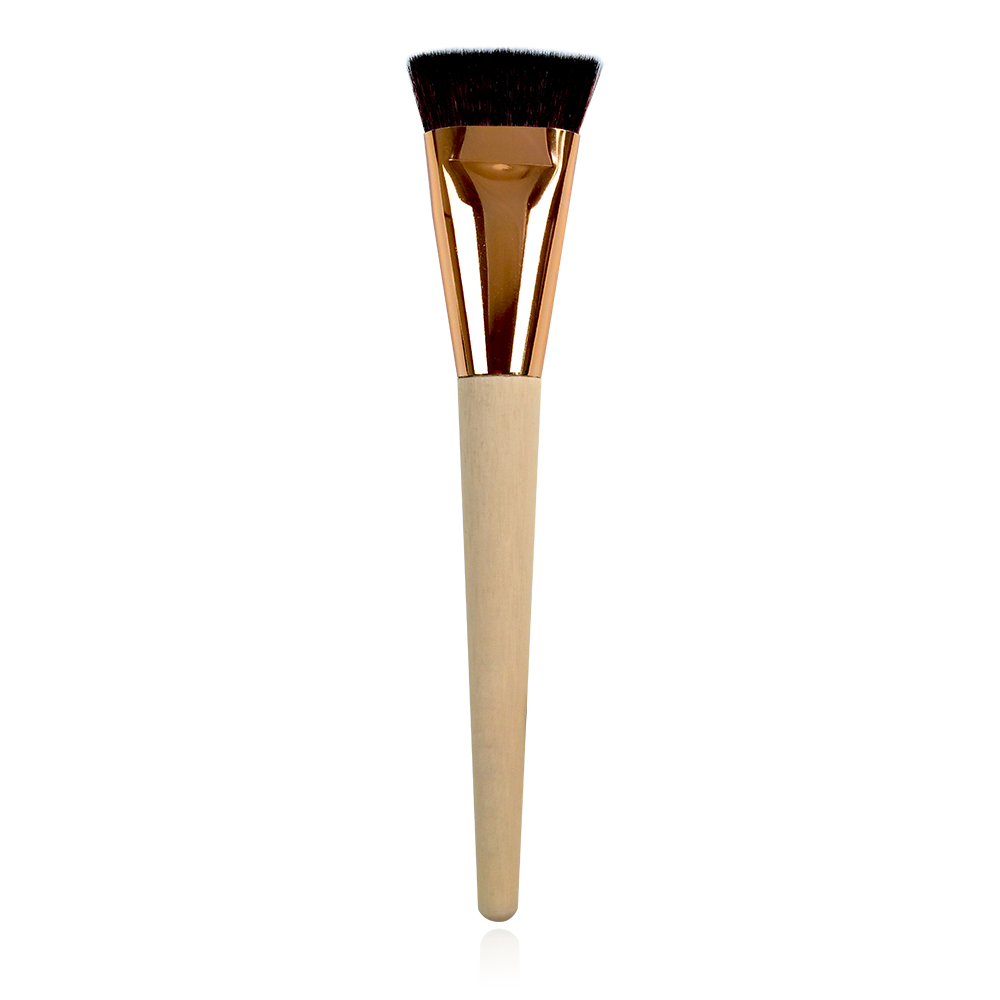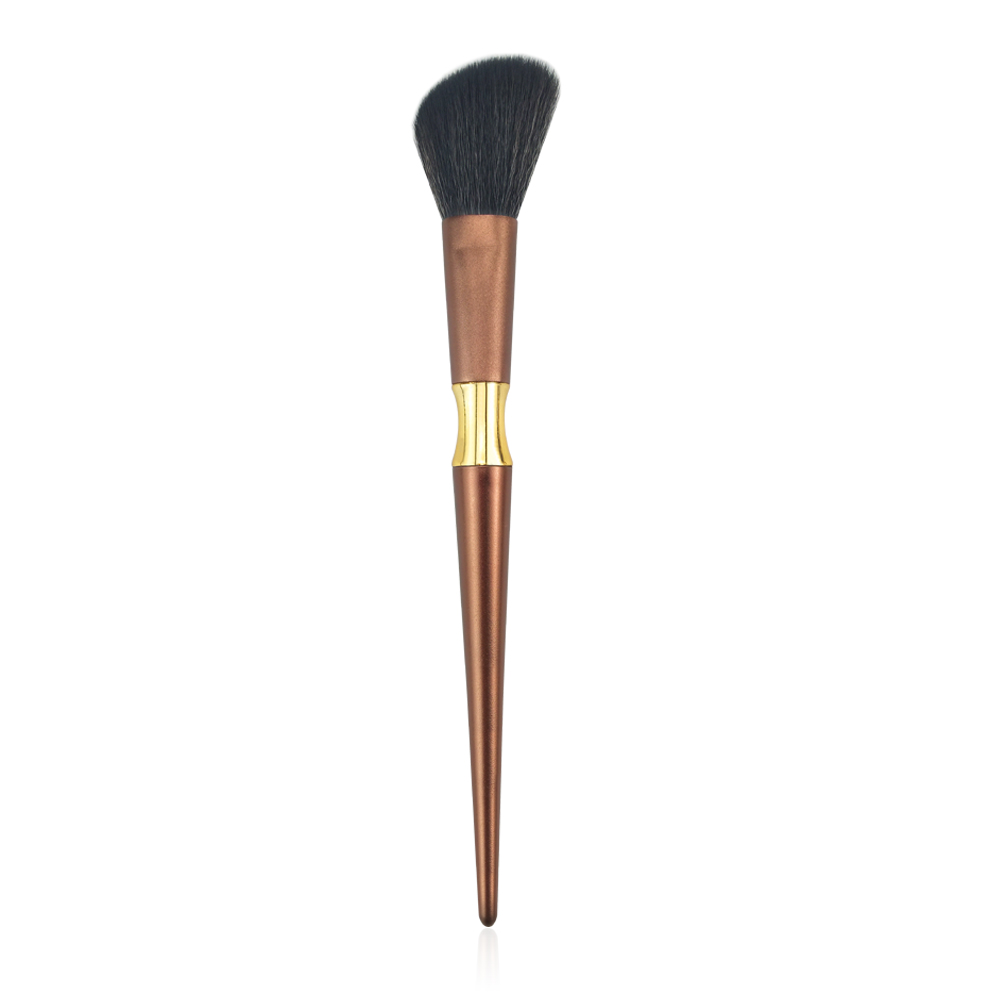What is the old furniture, what new?
2021-08-05 01:35:00
What if the furniture is old? Selling used? service? Throw it away? Idle? Since the "trade-in" policy came out, a new and more attractive option has emerged, that is, "change"! However, the old-fashioned range has always been limited to color TVs, refrigerators, washing machines, air conditioners, computers, and automobiles. It does not involve furniture such as sofas and bed cabinets. How to do "old furniture" has always been a headache. It is only for the first time in 2011 that the furniture is “renewedâ€, but the furniture has gone from the old to the new, but it has not been smooth. Recently, Qumei Furniture has started a new round of trade-in activities, which has also triggered related topics on furniture trade-in.

Government and enterprise promote together
As early as March 2011, Red Star Macalline had launched the “Non-change for 100 million furniture upgrade†campaign. In September of the same year, the home of the company also launched the “old-for-new†service in five stores in Beijing. By 2012, the Beijing Municipal Commission of Commerce formulated the “Measures for the Implementation of the Beijing Old-fashioned Furniture Replacement Pilotâ€, and determined the old-for-new pilot activities from November 1 to 30, 2012. Through the public bidding, the actual home, Red Star Macalline was confirmed. 16 stores, including Jimei Home, Chengwai Chengjia Plaza, Lanjinglijia Dazhongsi Home Furnishing Plaza, and other 16 furniture stores participated in the pilot, and began to form a situation in which enterprises and policies jointly promoted the price of furniture sold by consumers. The 10% subsidy is 5% for the government and furniture sales companies. After a one-month trial, on June 26, 2013, the Beijing Municipal Commission of Commerce released the “2013 Beijing Furniture Replacement Implementation Measures†to implement a new round of furniture trade-in activities, with a deadline of July 1, 2013. On December 31, 2013, the number of participating companies increased to 11 stores in 33 stores. The policy has ended in August, and so far the government has no action.
The enterprise has been maintaining, Jimei Home announced that it will continue the “furniture trade-for-new†policy from January 10, 2014 to December 31, 2014. Not only that, Jimei has already promoted this policy to building materials in 2013. Cabinets, ceilings, wooden doors, radiators and more. In March 2014, Beijing Six Stores, the home of the family, also launched the “Renovation of Building Materials†campaign in March. Consumers’ old home renovations received a 5% cash subsidy. The most powerful will undoubtedly make Qumei Furniture, Qumei announced that it will implement this policy to stores in 280 cities across the country. Zhao Ruihai, chairman of Qumei Furniture, said that from 2013 onwards, it will carry out the trade-in activities for 50 consecutive years for 50 consecutive years. On August 1 this year, Qumei launched a new round of trade-in activities.
What is behind the "trade-in"
At the beginning of this year, the data released by the Beijing Municipal Commission of Commerce showed that in the half year of the implementation of the old-for-new policy, 11 participating companies traded 205,626 pieces of furniture, sofas, beds, tables and chairs, with sales of 1.305 billion yuan, accounting for four types of furniture. 31% of total sales led to a 22% year-on-year increase in sales of four types of furniture, driving sales of all types of furniture to increase by 18% year-on-year. Zhao Ruihai, chairman of Qumei Furniture, said that at the end of August-December 2013, the old-for-new activities were carried out nationwide, which led to a 40% year-on-year increase in sales and a subsidy of more than 60 million yuan. Wang Ningning, manager of the management department of the family, also said that In the second half of 2013, furniture sales increased by 8% compared with the same period in 2012. The trade-in has not only dealt with old furniture, but also greatly boosted the growth of new furniture sales and promoted the development of the industry.
However, it is undeniable that the number of enterprises involved in trade-in is difficult to increase substantially. The attitude of consumers is also hot and cold, and the government cannot always preside over it. Whether the measure of “trade-in for furniture†has truly achieved a win-win situation, otherwise it will It is difficult to continue, and public opinion is extended to the whole industry. For enterprises, not only testing the ability of enterprises, but also greatly increasing the cost, especially the changes in the regulations of the new policy on the whereabouts of old furniture, the new policy requires that the recycled old furniture must be carried out by the recycling resource recycling and disposal enterprises. Dismantling is not allowed to be sold as second-hand furniture, and enterprises are not allowed to dismantle themselves. This move stimulated the enthusiasm of recycling and dismantling enterprises, but for furniture companies that have increased the function of “recycling of old furnitureâ€, it is not so optimistic. Liu Yang, deputy general manager of Chengwai Home, once explained that Cheng Cheng has not continued. "The old-for-new" policy, "We don't know how to deal with old furniture. Before the business committee appointed a professional decomposition center, the merchants could pull the furniture. Now you can only find the recycling company yourself. The recycling company directly recycles it. It is not the meaning of the old-for-new problem, so we have not organized it ourselves.†In addition, logistics, storage, etc. are also difficult problems, and when the government retire, the amount subsidies are also facing challenges and have to shrink.
For the consumer, in fact, there is no complaint. “How do you want old furniture to be handled?â€, saying that “I hope someone is pulling away†accounts for 50%. It’s a surprise to move the old furniture first, and then you can buy new products at a discount. “You pay more attention to the old-for-news.†Among the benefits, the “solving the problem of disposal of old furniture†was as high as 63%, while the “about the amount of subsidy†was only 27%. However, the company does not provide transportation services free of charge. The charging standard for Jimei Home is 200 yuan in the fourth ring and 300 yuan in the fourth ring to the sixth ring. There are also many restrictions on the trade-in of goods, not all furniture can participate in it.
How to go next?
The government retraced, and it was inevitable that the company’s single-handed combat would be thin and began to encounter cold. Wang Ningning, the manager of the actual home management department, once revealed to the media the marketing amount brought by the old-for-new activities organized by the actual home. Wang Ningning said that from December 2013 to the end of July 2014, there were a total of 15,861 old furniture replacements. The amount was 16.25 million yuan, and the old-for-new sales accounted for 14% of all furniture sales, and the transaction volume accounted for 13%. Among them, the transaction volume accounted for 40% compared with 2013, which is a big difference. On the one hand, enterprises began to bear subsidies alone, and those companies that are still insisting on Jimei, Qumei, and actually homes have to press down the quota. The subsidies received by consumers have dropped from 10% to 5%, and consumers will transport furniture. At the fixed point or the company provides paid transportation services, the enthusiasm of consumers begins to decline, and the distance from the old to the new begins to stretch.
For enterprises, it is very likely that they will go to lose money in this process. Most of the companies that have paid are seemingly quietly changing their calibers, no longer pointing to driving sales growth, and turning to public welfare and services. Undoubtedly, in the “old-for-new†initiative, the soft power of service and word-of-mouth can be well rewarded, and it can serve the purpose of stabilizing old customers and attracting new customers, and can collect furniture and reduce furniture pollution. The concept thus occupies a favorable position in the current emphasis on “greenâ€. Zhao Jianguo, the chairman of Jimei Home, had clearly pointed out that before the comprehensive trade-off policy was introduced, the old-for-new trade was not a public good. “It is to drive the sales in the market. The sales in the market must cost. I put this part of the cost into it. In the advertising and promotion fees, there will be considerable expenses in the process of stimulating consumption.†But few companies have such attitudes, and more people express their concern and confusion, or that such attitude seems to be It is only suitable for a small number of leading enterprises in the industry, but it is obviously not sustainable. The situation of “trade-in†is gradually faltering.
This category is for Contour Brushes. Each Contour Brush is versatile enough to achieve a seamless, flawless finish that works with all formulas. Use can use the Angled Contour Brush to evenly apply your favorite powder blush, bronzer or contouring products onto your cheekbones. And use the Flat Contour Brush to achive flawless dimension along the cheekbones and forhead for targeted contouring.


Luxury Makeup Brushes,Contour Brushes,Flat Top Contour Brush,Dense Contour Brush
SHENZHEN MERRYNICE COSMETICS CO., LTD / MERRYNICE COSMETICS USA GROUP , https://www.merrynice.com